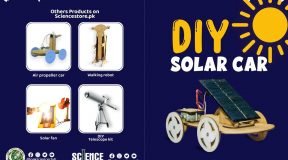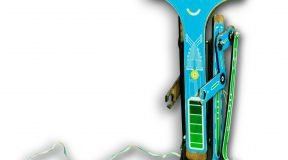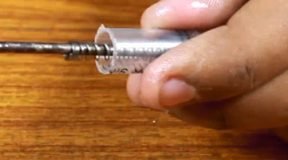Make Your Own Stethoscope
Make Your Own Stethoscope Make Your Own Stethoscope
Stethoscope Project
Make your own stethoscope and check your heart rate before comparing it to others. You might not be a real doctor but you can still use some of their medical equipment as part of this fun science project.
Check your heart beat when resting and after physical activity, how fit are you?
Check Your Heart Rate
What you'll need:
- A balloon
- A piece of tubing
- 2 small funnels
- Scissors
- A timer
- Rubber band (optional)
- A calculator (optional)
Instructions:
- Take the piece of tubing and fit a funnel to each end.
- Stretch the balloon by blowing it up and then letting the air out.
- Cut off the top third of the balloon with scissors.
- Stretch the top third of the balloon tightly over the open end of one the funnels. If necessary, use a rubber band to hold it in place.
- Stir the mixture again with your fork and look at the long strands of gunk that have formed.
- As the mixture cools slowly add more water, small amounts at a time.
Making your stethoscope work:
- Find your heart with your hand by feeling where it beats in your chest.
- Sit down somewhere quiet and place the end of the funnel with the balloon over it against your chest, directly onto your skin, just to the left centre.
- Hold the other funnel to your ear. You should hear a low beating sound.
- Use the timer to count how many beats you hear in 20 seconds. Multiply this number by three (use a calculator if you’re not confident) to find out how fast your heart beats in one minute.
- Try doing some more tests such as running around for 5 minutes and then checking how fast your heart is beating. Compare your results to your brothers, sisters, parents and even pets heart rates, are there any differences?
What's happening?
Did you know that when a doctor listens to your heartbeat with a stethoscope, they are actually listening for two sounds? The first sound is a longer, lower pitched sound. The second is a shorter, higher pitched sound.
The lower pitched sound is made by the closing of two heart valves when blood is flowing out of the heart. The higher pitched sound is made by two other valves when blood is flowing into the heart. When a person exercises or participates in any kind of physical activity, the heart beats faster in order to pump more blood and oxygen to the muscles that are being used. The closing of the heart valves makes a sound which causes the stretched balloon to vibrate. The vibrating balloon makes the air in the tube vibrate and the tube then carries these sound vibrations to your ear







